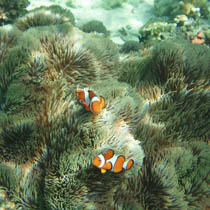- Lighthouse Foundation
- Projects
- Malediven: Coral farm
Maldives: Coral farm on the island of Vilingili
What is at issue:
Around 220 of these islands are inhabited, some are reserved for tourism, others are only inhabited by locals. The capital Malé is one of the most densely populated areas and the most important trading center for the approximately 400,000 Maldivians.
In order to create more space, a bridge construction project that has been planned for years is now being implemented. A ten-kilometre-long bridge is to connect the capital island with three other islands in order to expand storage and port capacities.
However, the bridge construction will destroy and permanently damage the coral reefs. The local NGO "Save the Beach", led by Hassan Beybe, has long campaigned for the resettlement of some of the corals. In 2022, around 1,000 corals were relocated from these three reefs over a period of 14 days. The corals were carefully removed from the affected reefs, transported in cages to a specially set up farm on Villingili and individually attached to lattice structures.
The relocated corals were numbered in order to record further scientific data such as survival rates, spawning maturity and general growth parameters, and comprehensive documentation of all individual corals was compiled. The care of the corals and the maintenance of the farm has since been in the hands of Sama Shareef and Aishath Rua, whose fees help to cover their living costs.
What's happening now:
The corals are obviously doing well, but the tags with the numbers grow over very quickly and need to be cleaned regularly. To make the work easier in the future, the existing tags are to be replaced with electronic markers that have been newly developed by coral scientists and are currently in the test phase.
The necessary cleaning and maintenance work and photo documentation are carried out on an ongoing basis.
What we have achieved:
One year after the resettlement, the corals were again documented photographically in March 2023 and the data analyzed.
The survival rate of the corals on the farm was over 90% within a year.
Reports:
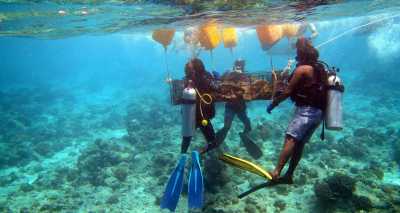


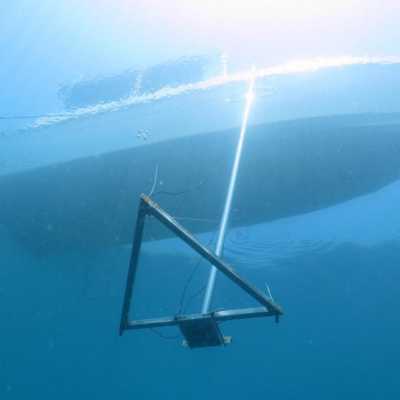)
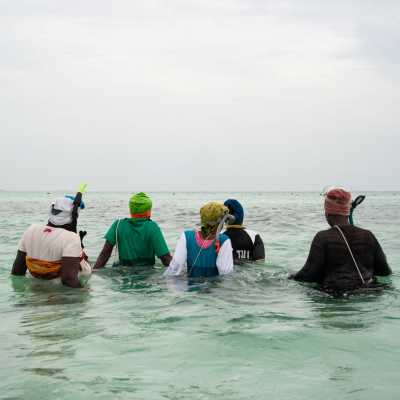)
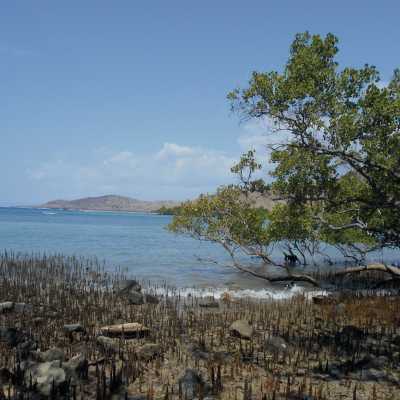)
